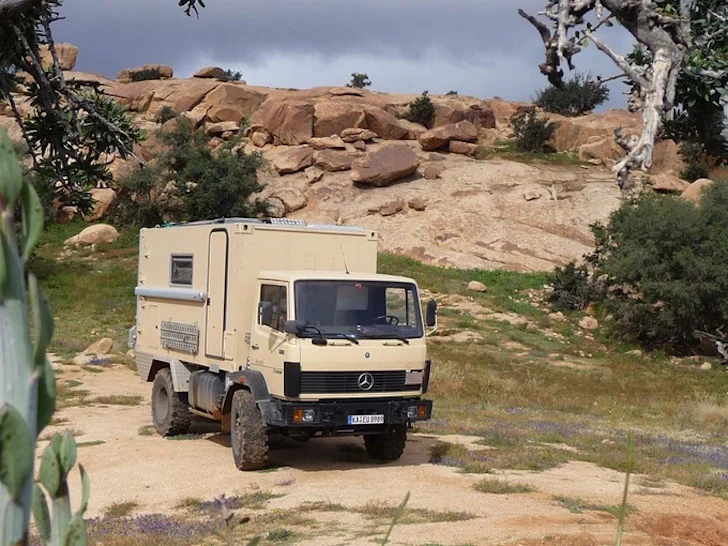so far there has been zero issues reported by anyone with mold from all the builds and users been in contact with over last nearly three years. Many Many use them up north in ski country so not sure where you get the insulation points. Agree about if one wants to really set up with custom interior it would take work to gut it (which would allow for redo of insulation as well) .... but so would building out your own....
Main benefit is the "structural" and skinning is done already and it meets/exceeds most Expedition Habitat bodies in strength. Second benefit if one is not so inclined to "need" customized interior- aka- willing to make existing interior work for them.... then one is 3/4 done since wiring and cabinets already exist thus it is more like... updating a kitchen compared to building a new house.
just a .02 for Ckouba to consider.
Interesting points Geo. I understand what you are saying.
Quotes from Ulrich Dolde:
"Standard shelters which can be found ex army, border guards, police, fire
brigades and humanitarian organisations, and secondhand refrigerated
containers have a clear price advantage making them a good choice for those
who have limited funds and are happy with the predetermined dimensions.
However, don’t forget that you are likely to invest both time and money in an
option burdened with a number of disadvantages:
• Fixed dimensions.
• Most shelters are prone to thermal bridges unless these are modified with
a considerable amount of work.
• Secondhand refrigerated containers run the risk of the insulating foam
having absorbed water.
• Normally heavier than custom built cabins.
• An increase in compromise leads to a decrease in value when you want to
sell it.
Anyone who can and wishes to afford it, is generally far better off with a
custom built solution suited to his own personal requirements and designed
around the vehicle of choice. Disregarding the occasional home brew cabins
made of wood, I want to compare the two popular alternatives available for
the main structure: aluminium and GRP sandwich panels."
"Ormocar chooses GRP reinforcing profiles as opposed to aluminium or
stainless steel due to the risk of thermal problems and varying expansion coefficients
that may lead to tension cracks which, over time, would allow
moisture to ingress even though the RG50 PU foam used by Ormocar is
non-absorbing."









